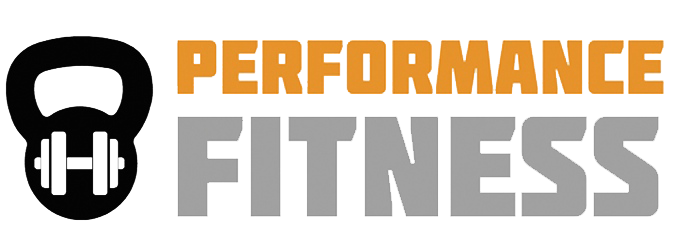Get Your Form in Shape!
I’ve seen you – giving me those looks. Averting your gaze or rolling your eyes when I walk over to you during boot camp. Your (dirty) look says “Here she comes again, the Form Nag. Jeez, why can’t she leave me alone and just let me do my workout?”
Well, here’s what I say—over and over and OVER—about form. Form is not only important, but it’s the difference between longevity and injury; between a lean, strong physique and an unbalanced, weak one.
There is NO point in practicing push-ups, for example, if you’re going to let your hips sag to the floor and not lower your chest all the way. You will not gain any of the strength benefits and you will put undue strain on your lower back, potentially sidelining your fitness routine and placing you right back on that couch with a pint of Ben & Jerry’s, wondering where your life went.
So you see how important it is. If you want to waste time and hurt yourself, use bad form. If you want to get stronger, fitter and leaner, get your form in shape.
Here’s how—
1. Take your time. There is no need to rush through any exercise, even the ones that are supposed to be performed quickly, like chops, cleans and burpees. Once you master the form of any given exercise, then go ahead and add speed. Until then, slow down and get all the parts moving properly.
2. Use a check-list. This will help you gain body awareness. Know, for example, that it’s not enough to simply place your hands at shoulder-width for planks, which are the kernel from which many of our exercises spring forth—push-ups, spider-mans, mountain-climbers and burpees to name a few. Press your palms into the floor. Spread your fingers wide. What are your shoulders doing? Not hunching I hope. Lower those shoulder blades down your back. What about your arms? Lock them out. Straight as pins. Now what about that core? Is it tight? Bracing? And what about your pelvis? Is it sagging, unsupported or is it slightly tucked? Are your knees bent and angling out or are your legs firm and parallel? Are your feet appropriately spaced? Your entire body supports you like a suspension bridge—not just your arms. Knowing this makes the difference between an eternal thirty-second plank hold and a confident ninety-second one. And you’ll gain strength through your whole body.
3. Experiment intelligently. When you’re performing a set of, say, prisoner squats, slow down and see what it feels like if you spread your a little feet wider or narrower—ideally your feet are placed a little wider than shoulder width, but how open and flexible your hips are will inform your comfort level; if you squat down lower than you’re used to, do you get a better workout? Are your feet splayed too wide or not wide enough? Forty-five degrees is cited as the proper angle, but make sure your knees are happy. Make conscious, informed choices based on your body’s responses. Try a variety of stances until you find the one that works for you, without sacrificing the alignment of knees over toes or your straight spine, and without caving your chest or throwing your shoulders forward.
4. Practice. The more you perform these exercises taking care to adopt the proper form, the better you’ll be at knowing when you’re out of alignment. Practice at home, in a mirror if you can.
And if you have a question about hand placement or how low you should squat, or where your gaze should be focused during a kettlebell swing—anything really—by all means, ask. I am available and on your side. I want your form to be as perfect as possible so you can gain the most benefit from all your hard work.
Who has time to waste?


